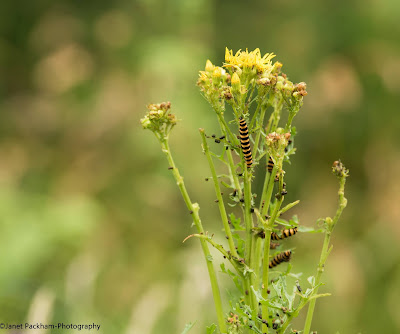Light winds W to NW. steady rain eased by mid morning after that mainly overcast with a couple of showers.
Middleton Nature Reserve - late morning
Pictures and report from Janet
A guy I met a few weeks ago said he had watched gulls diving and catching Crayfish and today I managed this long shot of one doing just that. Maybe It's not always an Otter visiting the main pond?
 |
| Lesser Black-Backed gull with a crayfish |
This is very interesting, and good news too if the gulls start taking the crayfish (these are American signal crayfish, not an indigenous species). But two factors still strongly suggest that the large crayfish remains around the main pond are mainly left by Otter (as well as the spraints sometimes found with the remains).
First, gulls tend to take their food away to eat, otherwise they risk it being pinched. Janet confirmed that this gull flew away with its catch.
Secondly, large crayfish have formidable claws that would easily reach the gull's face, whichever way it was carried. Most of the remains around the pond are from large crayfish, the one the gull has is only a smallish one, but similar to the size of crab they catch from the shore. I took the picture below this afternoon, this is the typical size crab they take (MD)
 |
| Lesser Black-Backed gull on the south sea wall, with a shore crab |
Butterflies:
Lots of Skippers and Ringlet
 |
| Ringlet |
 |
| This is a worn male Meadow Brown, they are smaller than the female and can, at distance, be confused with a Ringlet |
 |
| Common Blue resting on Quaking grass. |
South shore (MD)
Rock Pipits 4. 1 adult feeding with 2 juvenile on Red Nab plus 1 adult near the lighthouse.
Mediterranean gull at least 5. There were 4 adult and a 2nd calendar year on the water's edge near the wooden jetty, they flew off as the tide pushed them further up the beach.
At high water there was a 2nd calendar year on Red Nab plus at least one adult roosting with the Black-Headed gulls on the saltmarsh.
Redshank 7 - it will not be long before these stop being routinely recorded and become, literally, background noise.
Common Sandpiper 1 on Red Nab at high water
 |
| Common Sandpiper |
The morning rain acted like a board rubber on the sand (sorry if you are not of an age to know what a board rubber is), leaving it pristine. These are Roe Deer tracks just south of the saltmarsh this afternoon. So sometime between mid morning and early afternoon today a Roe Deer has walked south along here in clear view for anyone who may have been around.
 |
| Roe Deer tracks in sand smoothed by the morning rain. |
This downy individual was near the pond behind Red Nab
 |
| Not immediately identifiable, but it certainly looked to be newly fledged. |
Then it started singing! And was clearly a Chiffchaff
I was surprised, I hadn't really thought about it before, but I had expected singing not to start till the bird was mature (MD). But I suppose if you have to learn a song early, one with two notes and two "words" is as good as any. What's not obvious on this clip is that there are two birds singing. One was singing from a tree behind me, presumably dad. A lot of the chiffs and chaffs on this clip are from that bird. But this youngster was also keeping in sync and some of the notes are definitely from it.
Finally, this is one of Janet's shots from this morning.


No comments:
Post a Comment